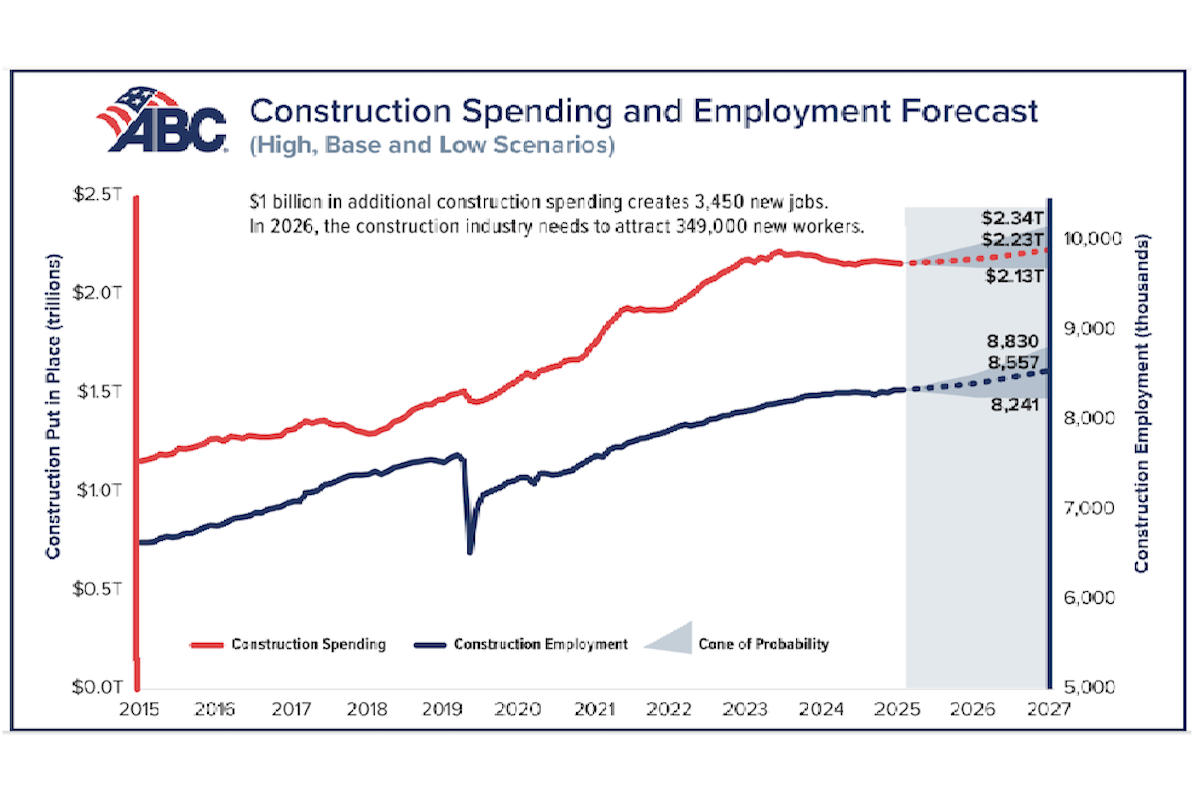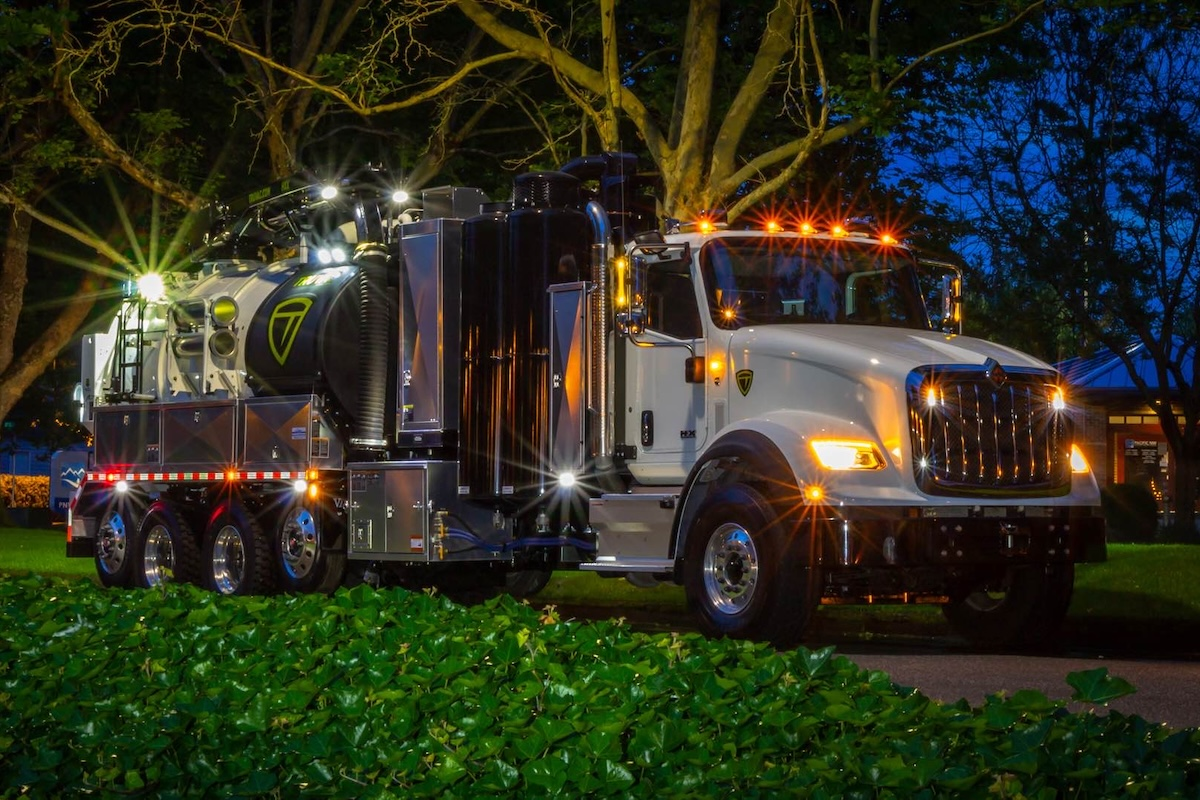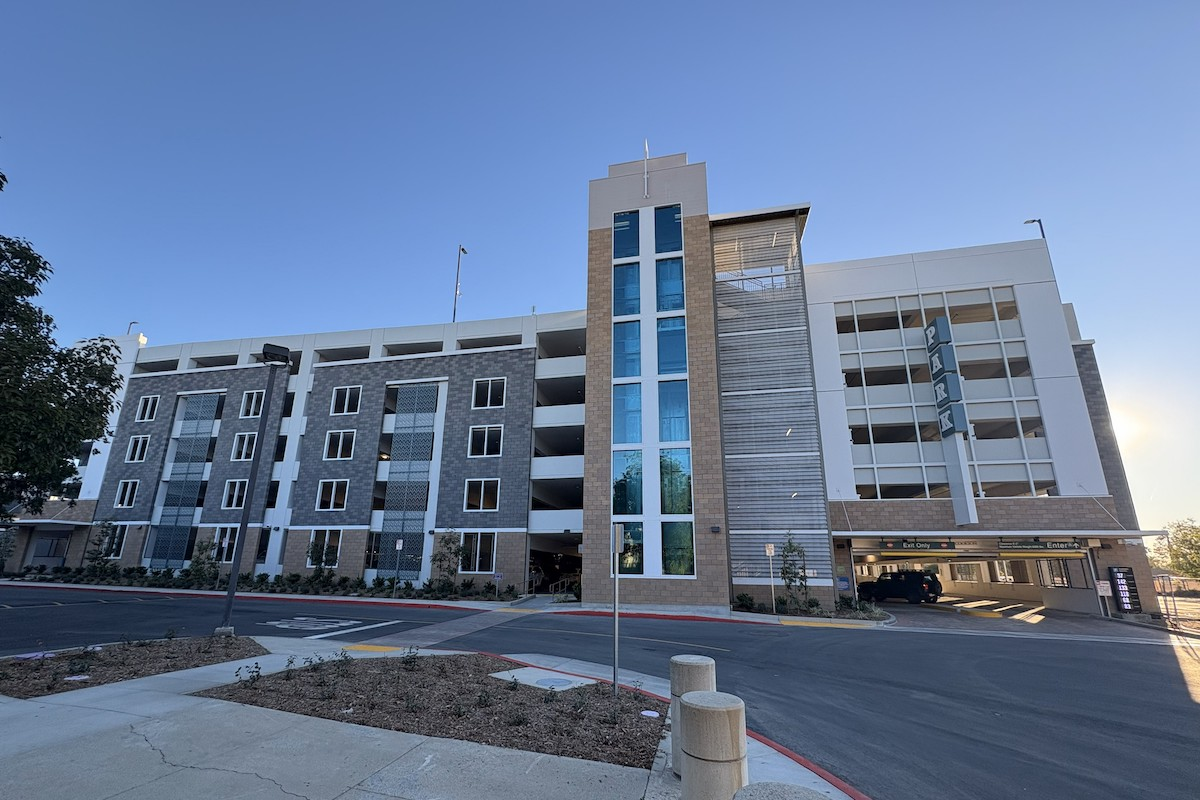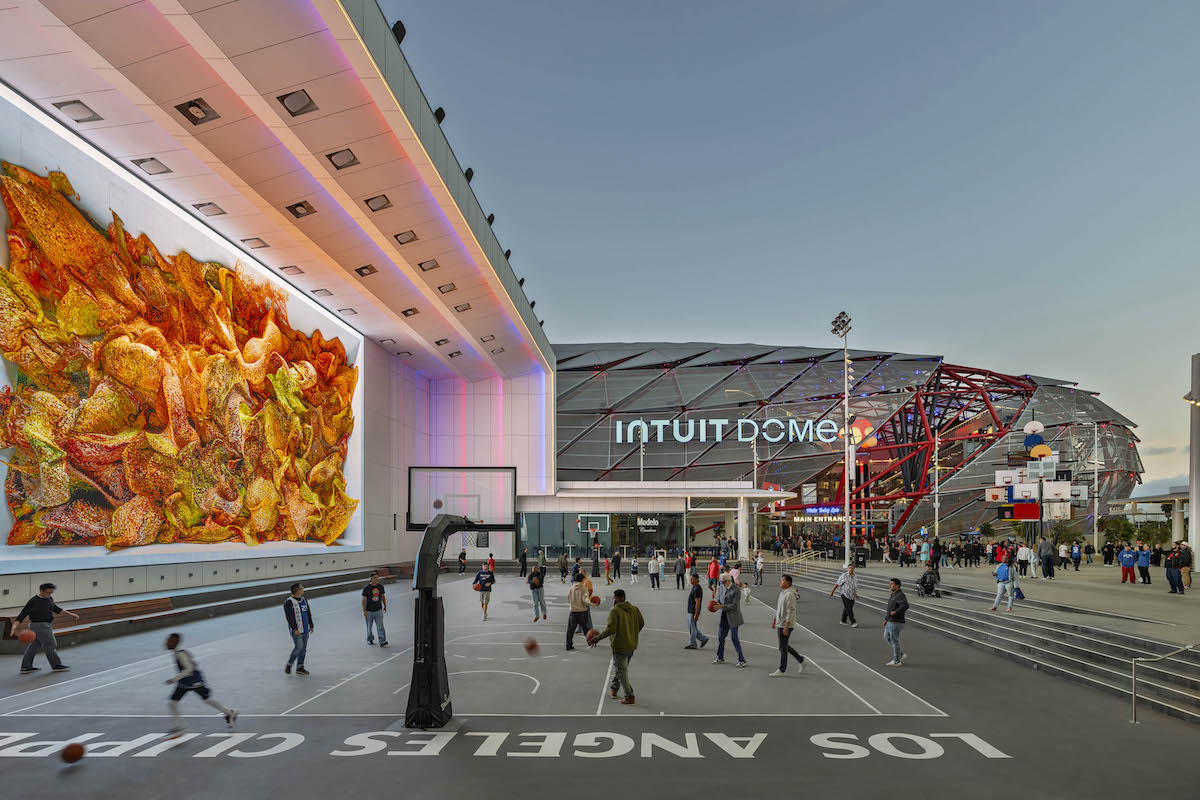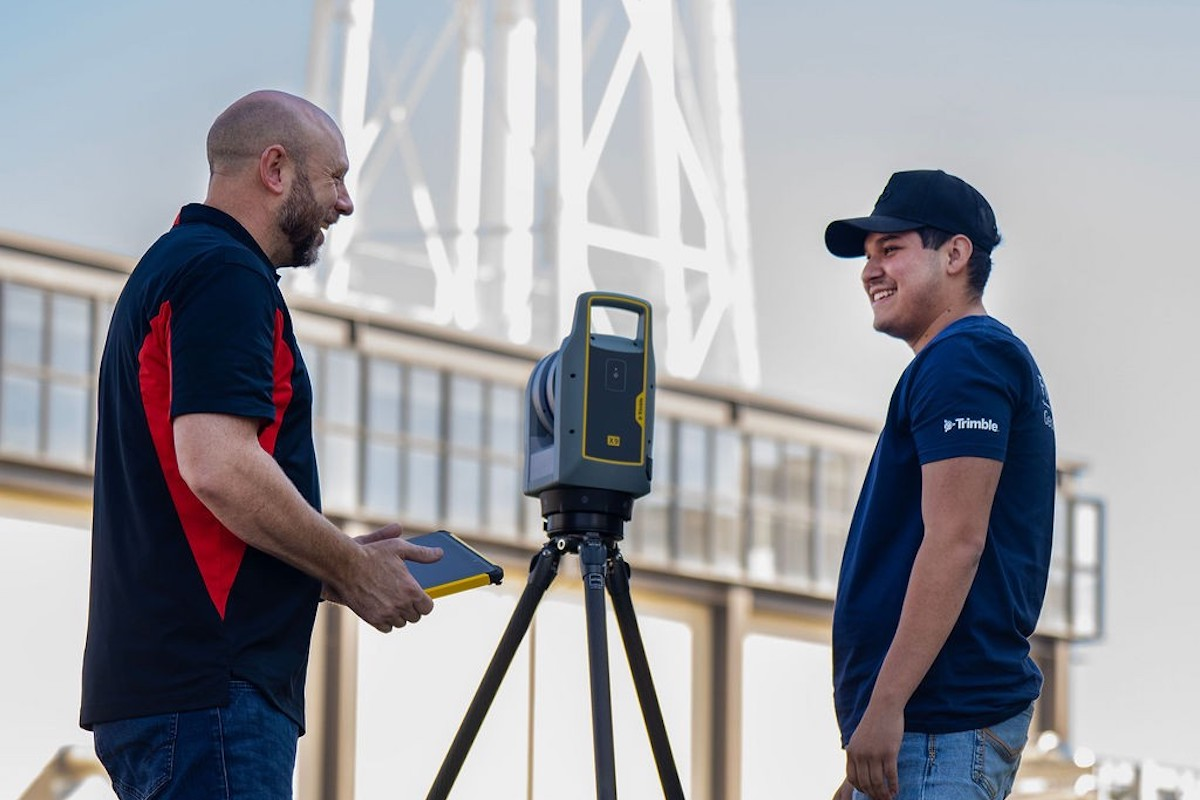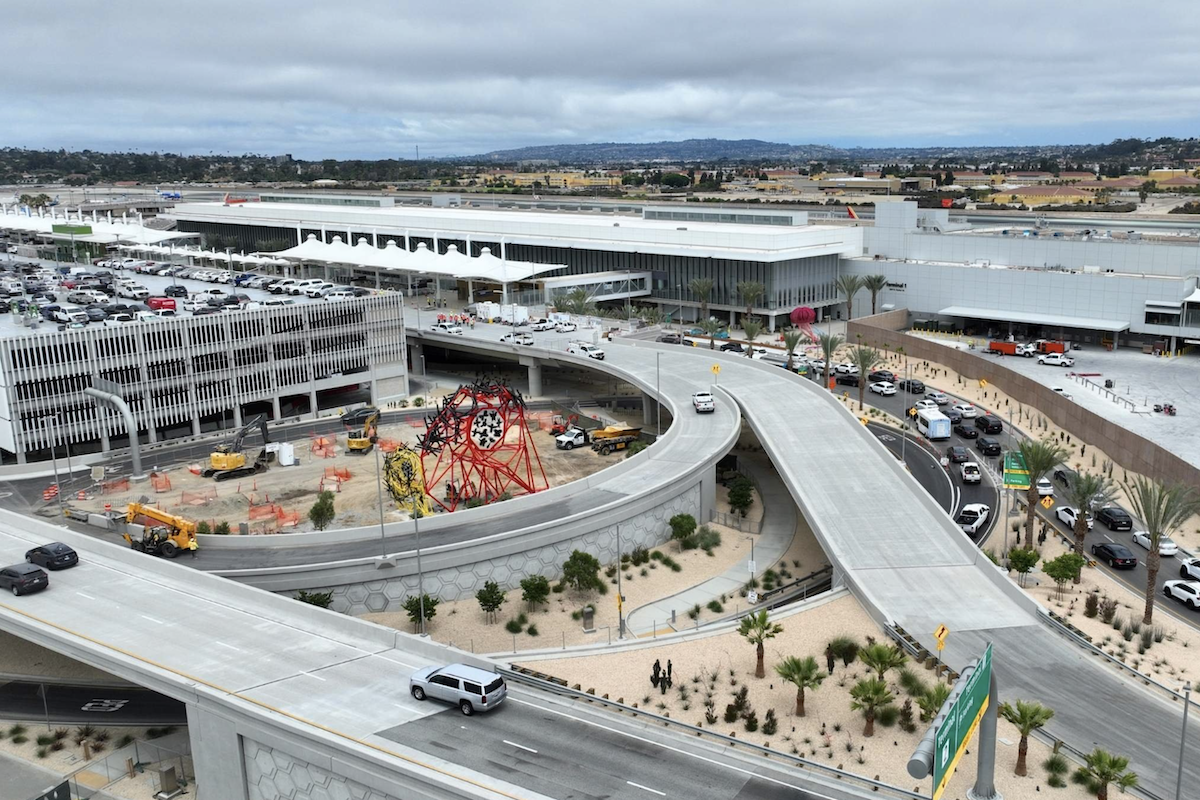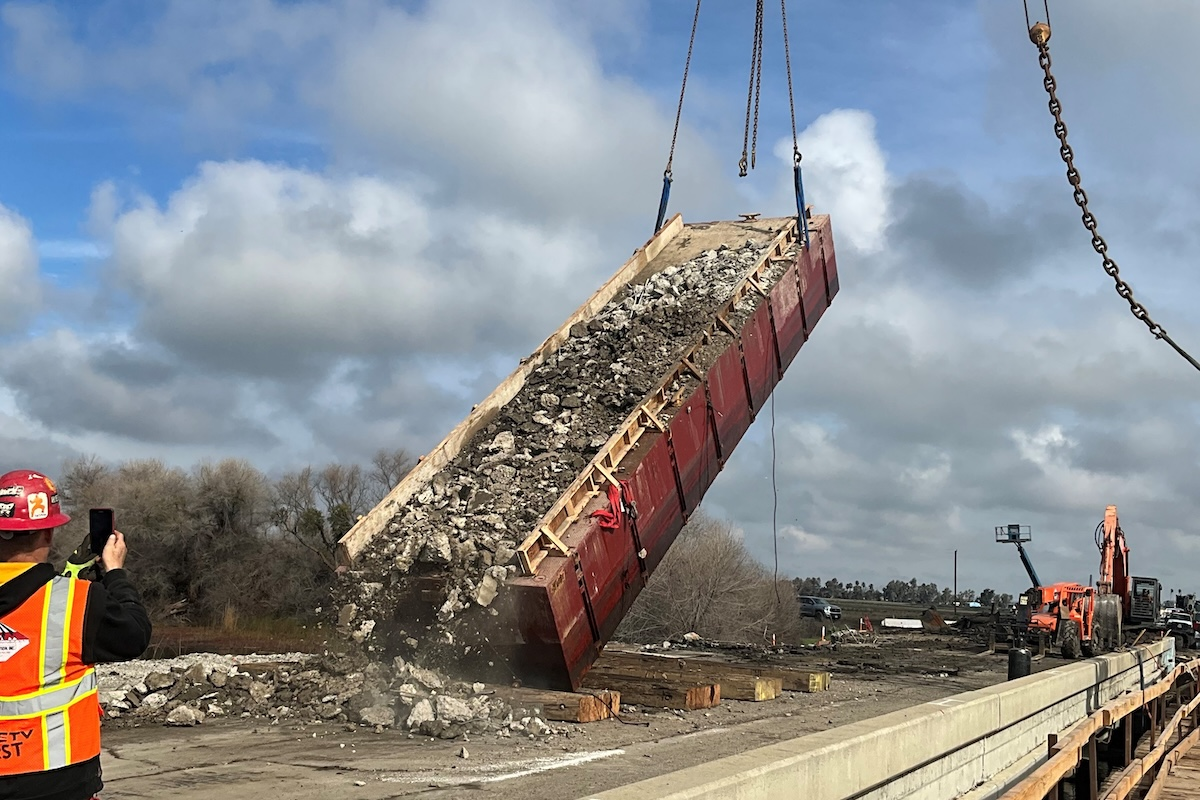Among their actions were stepped up well-being checks and balances like daily health certifications, temperature screenings, and checking for overall fitness for duty. Measures like pre-task analyses and daily safety briefings combined with better on-site housekeeping (keeping bathrooms clean and cleaning supplies on hand) reduced the risk of COVID-19 contagion and complemented other programs.
COVID-19 has relented, but maintaining that focus on health and safety is as relevant as ever.
Construction is statistically one of the most dangerous businesses, where nearly a quarter of all U.S. work-related fatalities occur. Fostering a culture of safety helps mitigate the various risks that add to workforce and financial pressures. It goes a long way to differentiating firms as they scramble for a diminishing supply of construction professionals. Further, it builds a positive brand that drives business success.
Among the biggest dangers cited by OSHA include ladder falls (leading to 24,882 injuries and 36 fatalities annually); slips, trips and falls; respiratory hazards from exposure to airborne materials; and “struck-by” incidents involving vehicles or machinery.
Construction firms would do well to identify specific construction risks at each stage of the project and take appropriate measures to guard against them. Training and engineering controls are a smart investment, particularly when weighed against the drain of dealing with the aftermath of accidents.
Plus, having a safety program in place, with a documented record of following its stated policies and procedures, will have a positive influence on insurance coverage.
Four key components are necessary for an effective construction safety program that supports a culture of wellness:
Workers themselves need to be shown how to recognize and manage potential hazards. Especially with the shortage of construction professionals, new hires are not likely to have the same skill sets and experience as workers with longer tenures. This makes safety training as important as skills training, and these workers likely will need closer supervision, too.
The Days Away, Restricted or Transferred (DART) rate, for example, is an OSHA calculation to determine how safe a business has been in a calendar year in reference to particular types of workers' compensation injuries. Measures such as this are helpful as benchmarks to monitor safety progress. Other indicators to track include the number of workers trained and reported near-misses. They should be chosen to support compliance and monitor continuous improvement for long-term refinement of the safety program.
Also important is to refine the incident reporting process under the safety program. In order to gain the support of workers, it should be anonymous and also allow for feedback. By requiring supervisors to submit miss reports, firms can more effectively hone their safety strategies.
Building a culture of safety makes for smart business. While no contractor wants to come up on the wrong end of an OSHA safety inspection, the potential fines are nothing compared to the liability costs should a worker be seriously injured or die on the job. An effective safety culture and program to support it can vastly reduce the odds of that happening.
Every construction firm should make a culture of safety integral to its core values. This is more than just a compliance issue. It’s how today’s and tomorrow’s employees are safeguarded, and resilient construction firms are made.



